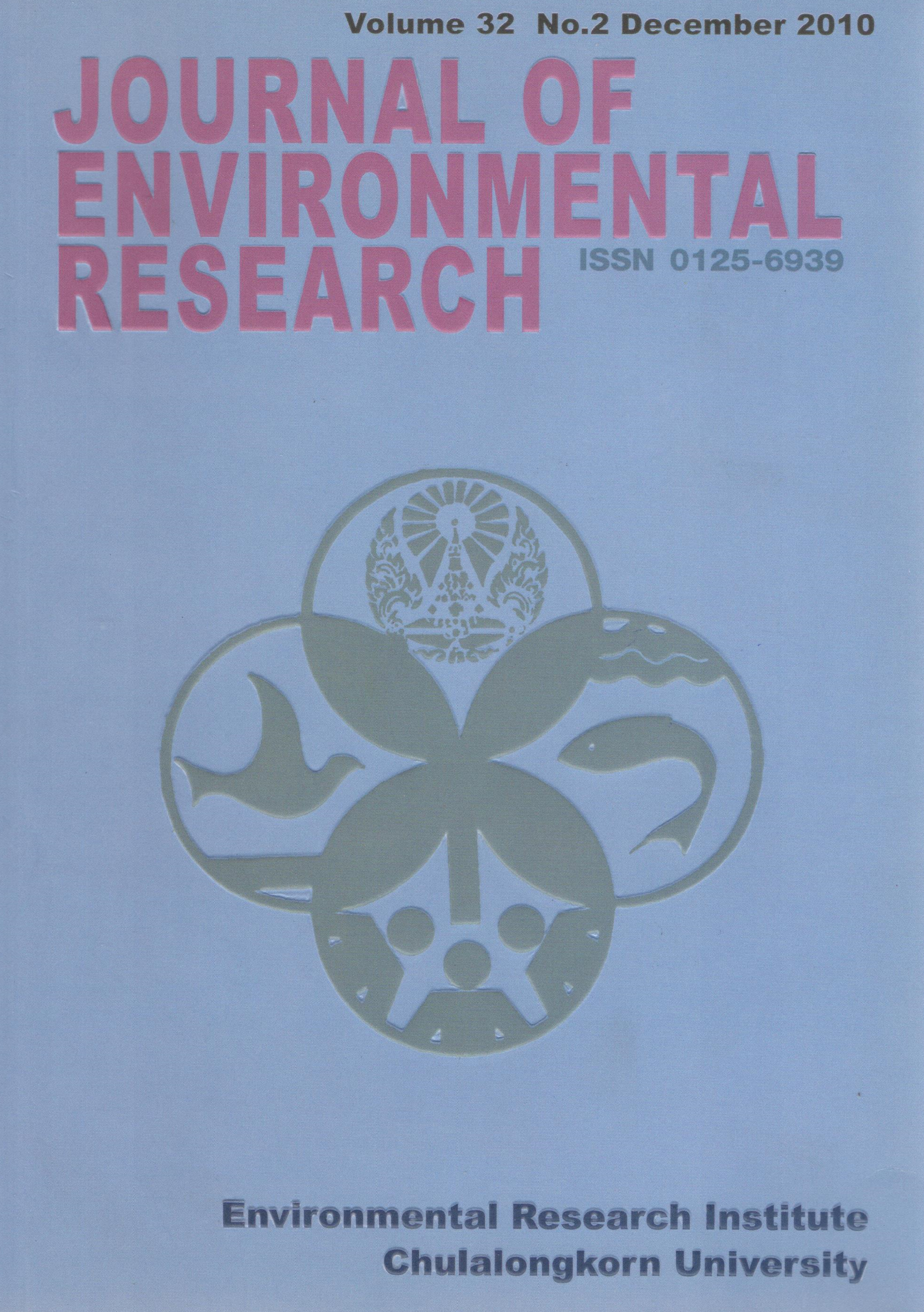An Efficiency Test on Wave Energy Reduction of Piled Breakwaters Using Physical Model
Main Article Content
Abstract
The physical model at Hydraulic Engineering Laboratory Unit, Prince Songkhla University was used to test the efficiency of a triangular-concrete piled breakwater. Seven parameters; namely wave height, wave period, water depth, spacing between row, spacing between pile in the same row, angle of incident wave and orientation of pile’s angle in the row were selected and each parameter was tested at 3 predefined values, namely low, medium and high values. The piled breakwater was composed of either one, two, three or four rows of piles. The best arrangement which could reduce the incident wave energy for up to 53 % was obtained when using short wave period and the acute angle of the triangular pile pointing outward on the 3-row piled breakwater. When comparing the cost with its effectiveness in reducing the wave energy, the best-performed piled breakwater was the one consisting of 3 rows of piles with 1.5 m spacing between each row and 1.5 m spacing between each pile in the row. This type of piled breakwater was already constructed at Ban Khun Samut Chin, Phra Samut Chedi District, Samut Prakarn Province.
Article Details

This work is licensed under a Creative Commons Attribution-NonCommercial 4.0 International License.
Published articles are under the copyright of the Applied Environmental Research effective when the article is accepted for publication thus granting Applied Environmental Research all rights for the work so that both parties may be protected from the consequences of unauthorized use. Partially or totally publication of an article elsewhere is possible only after the consent from the editors.

